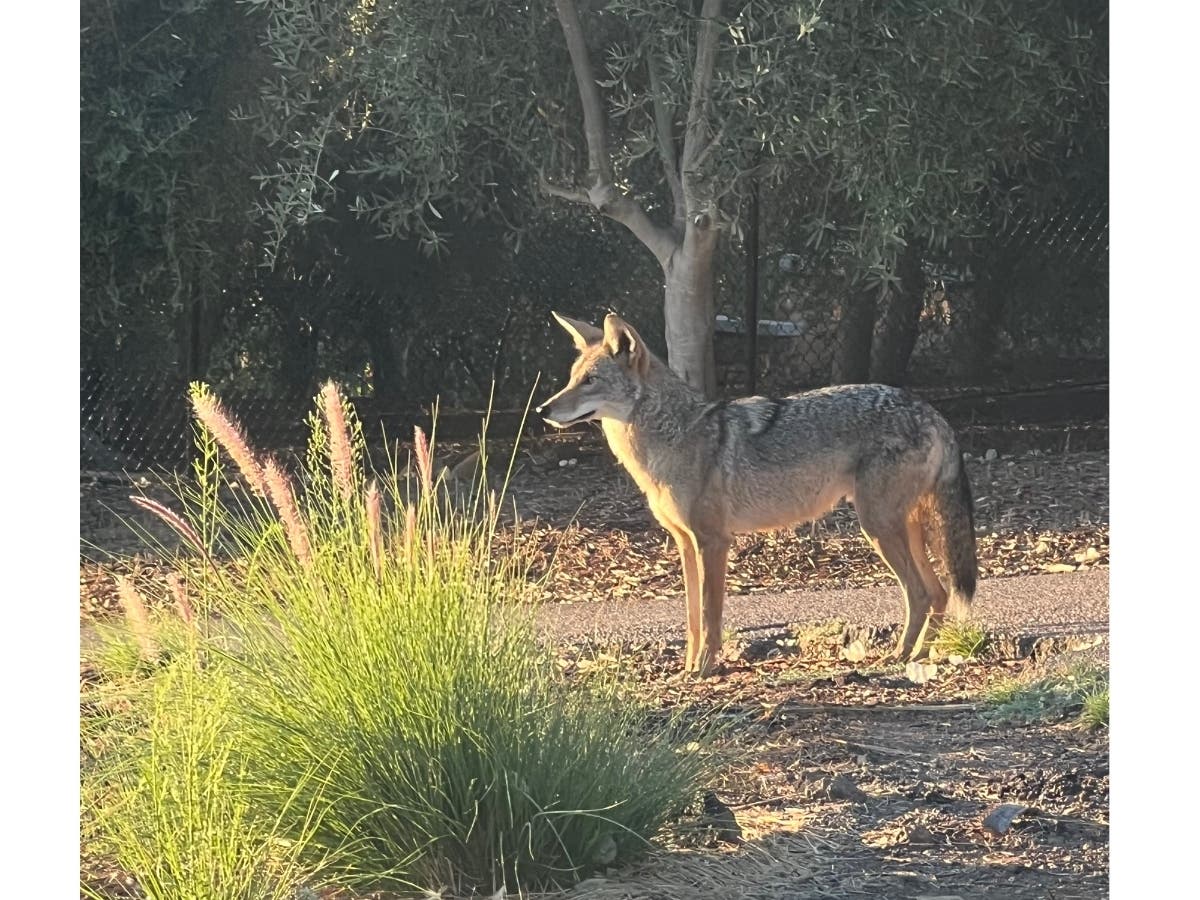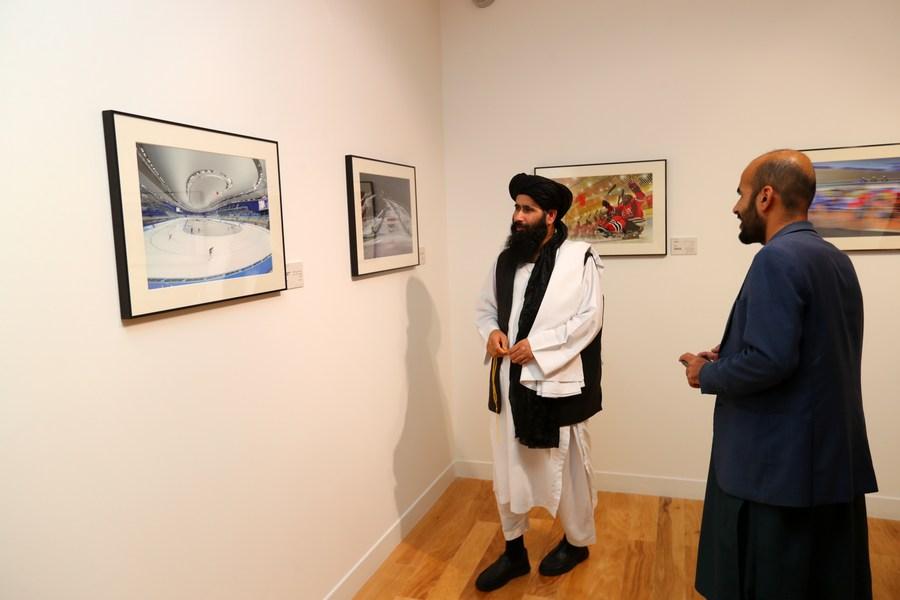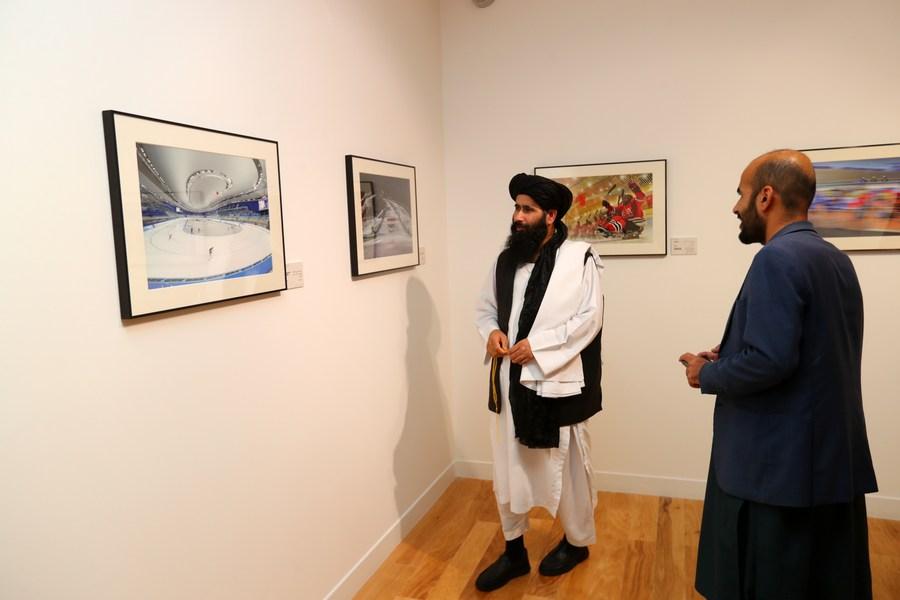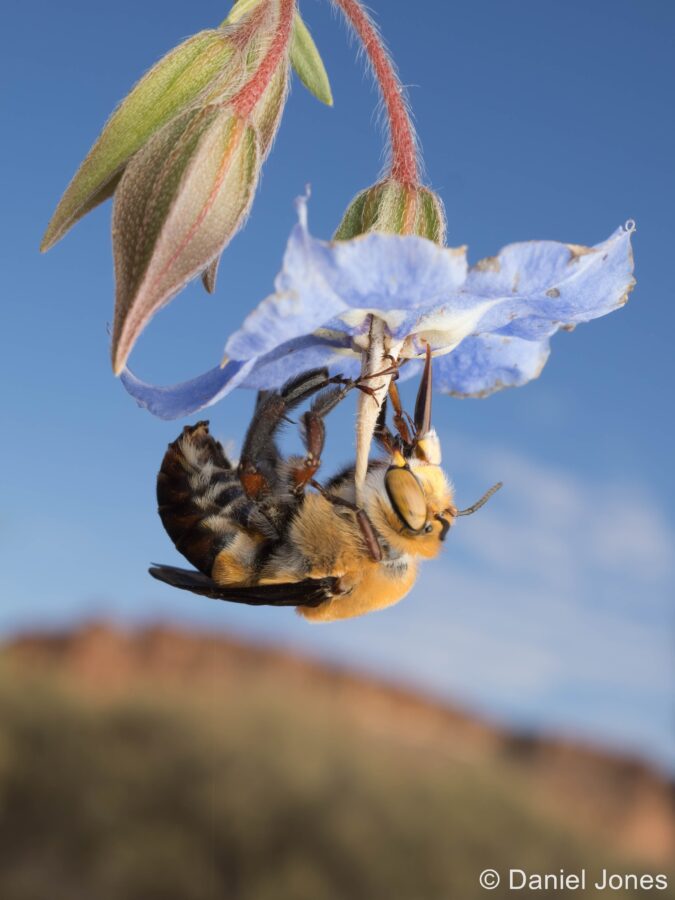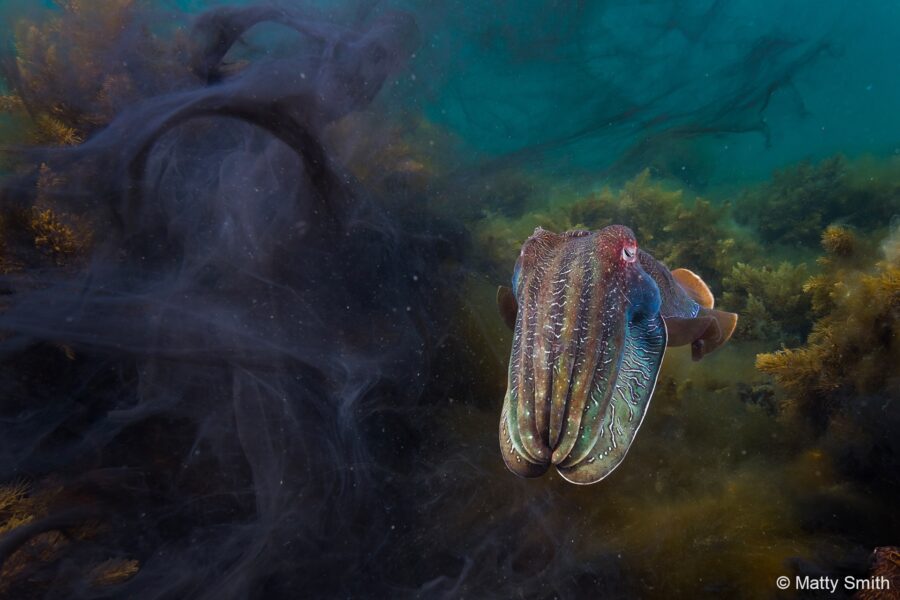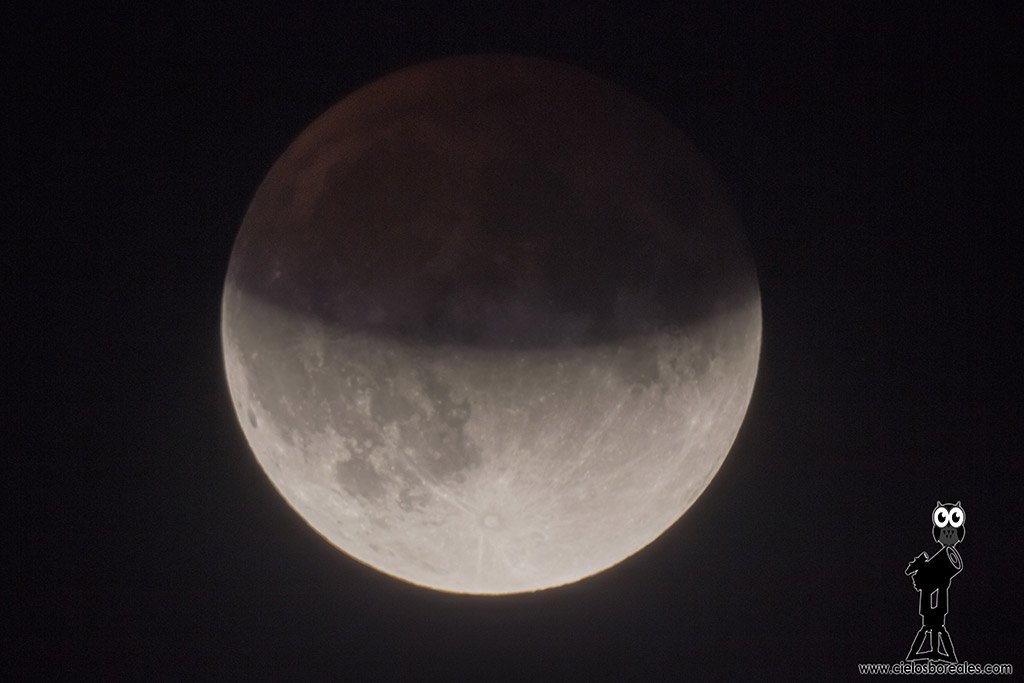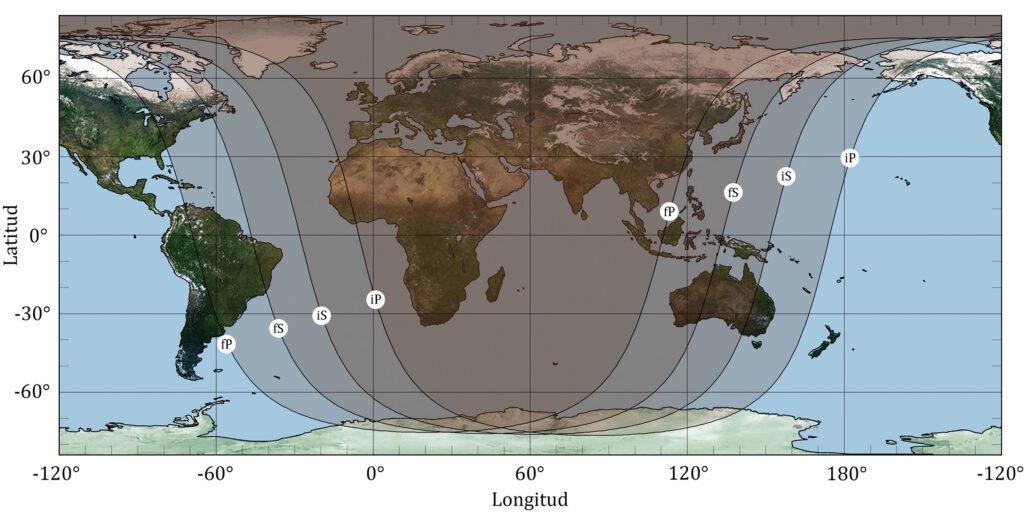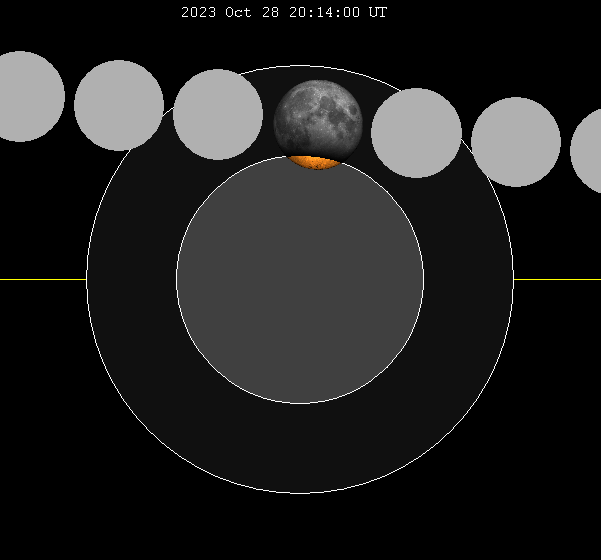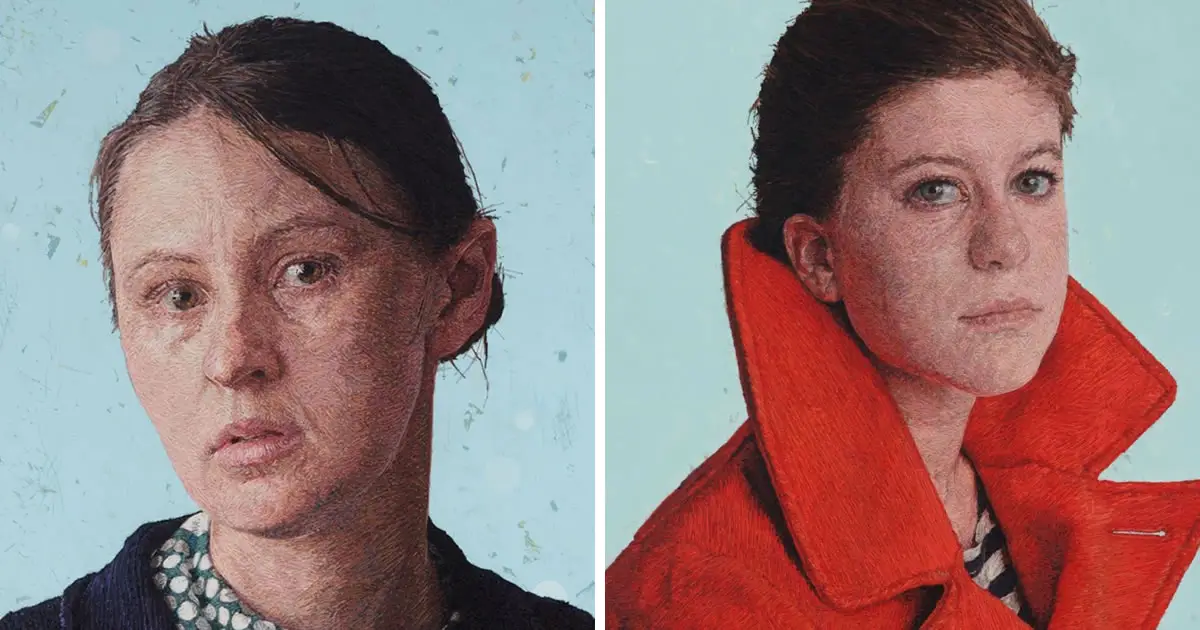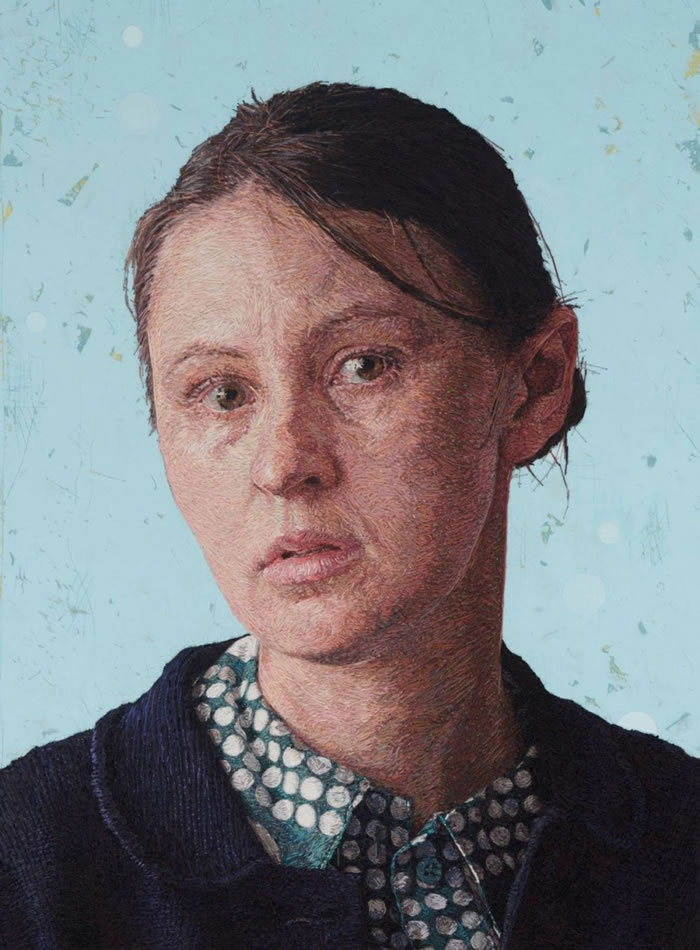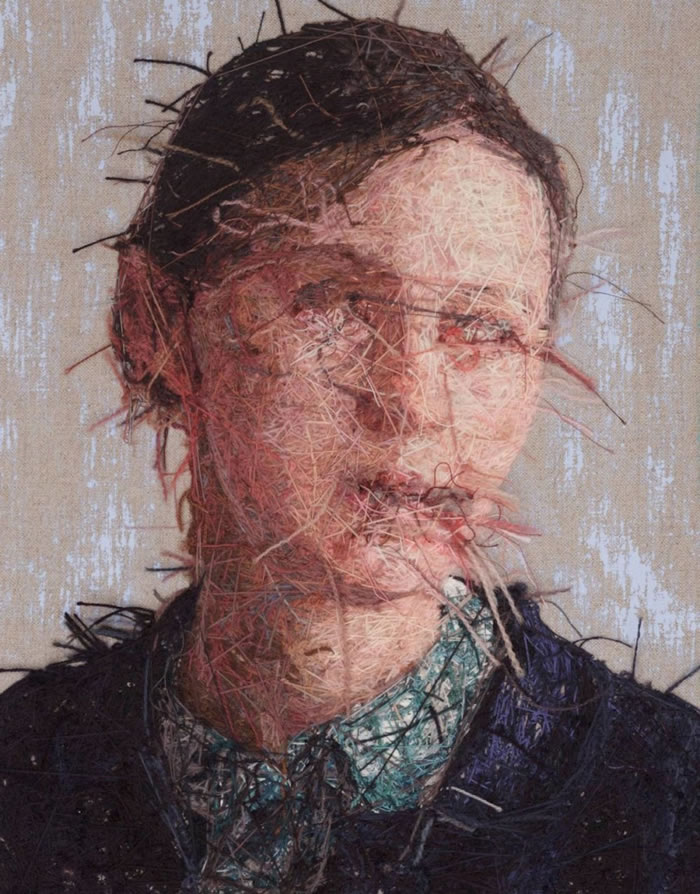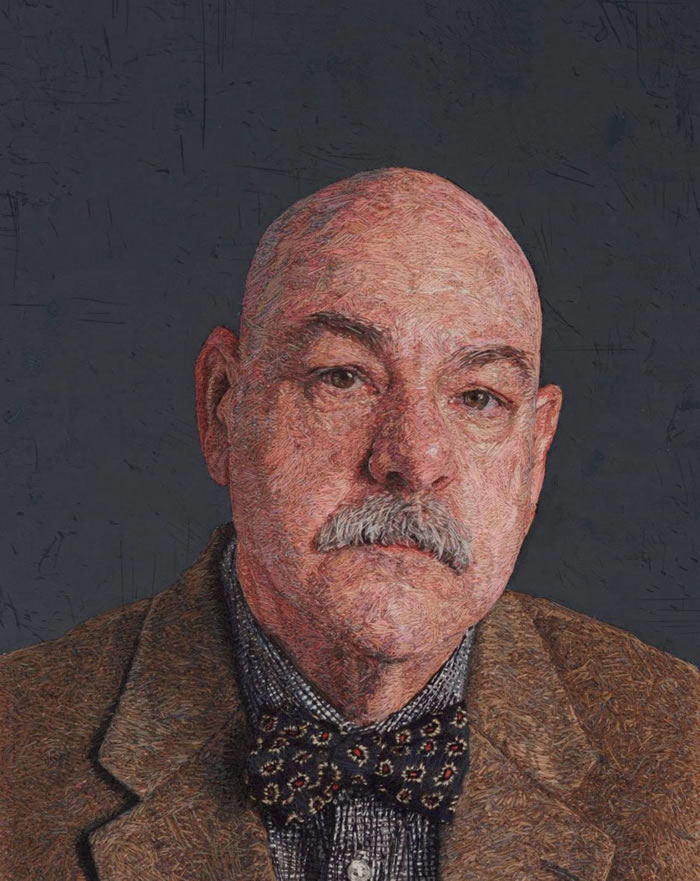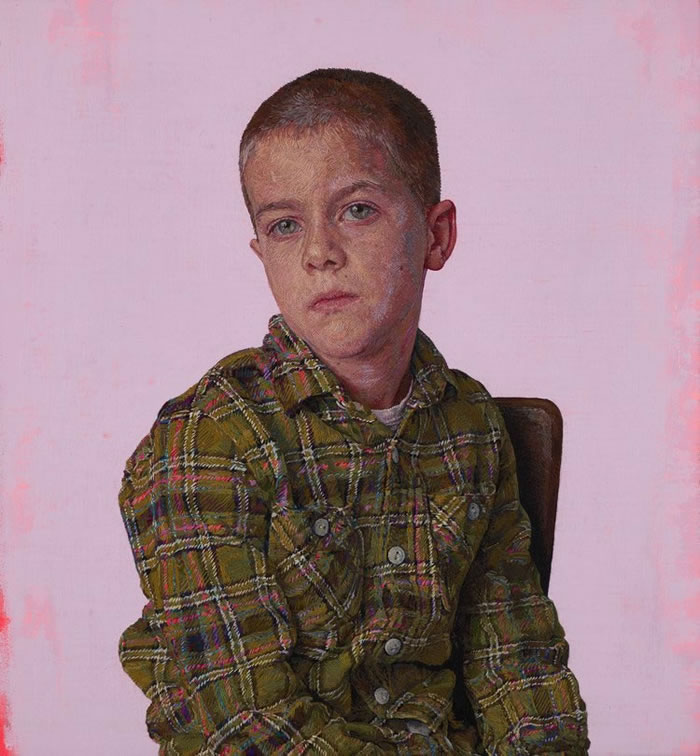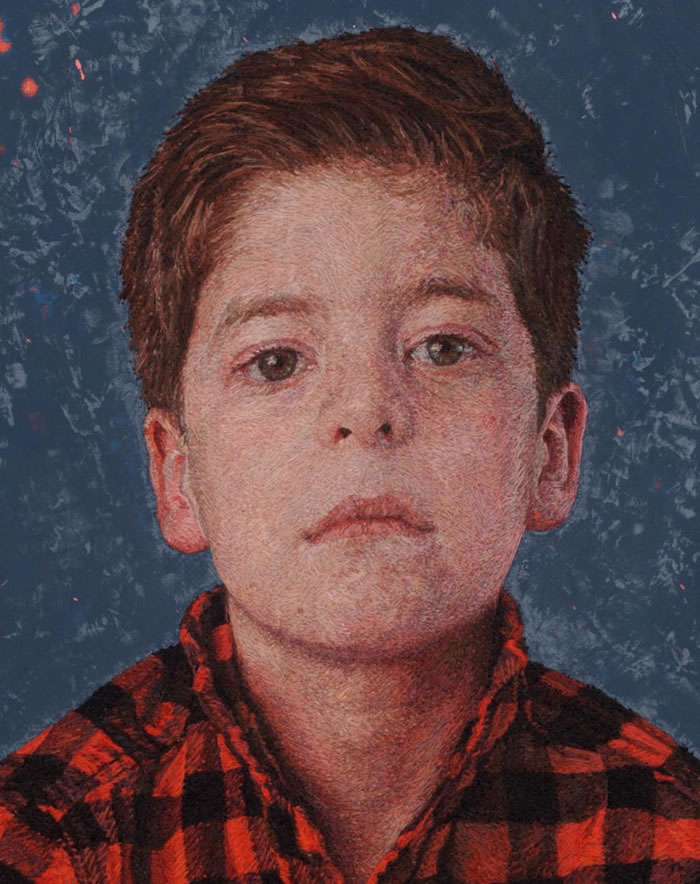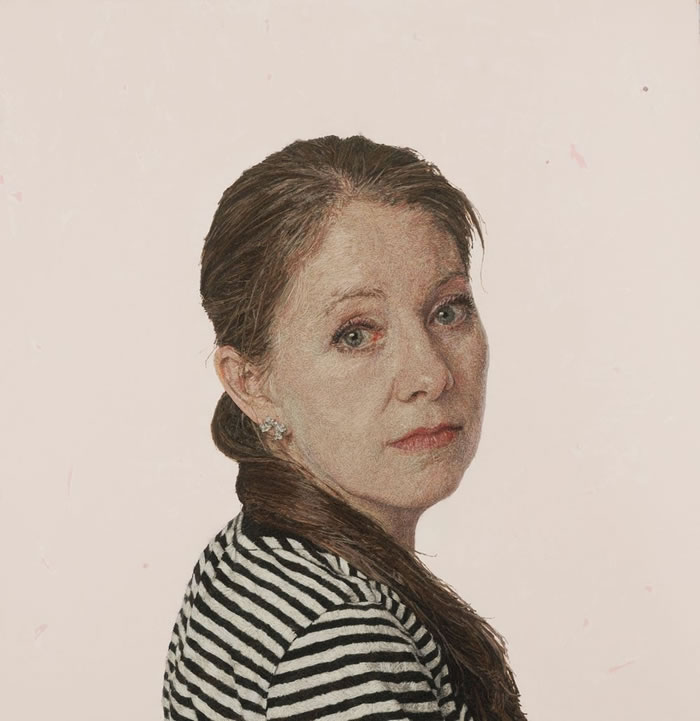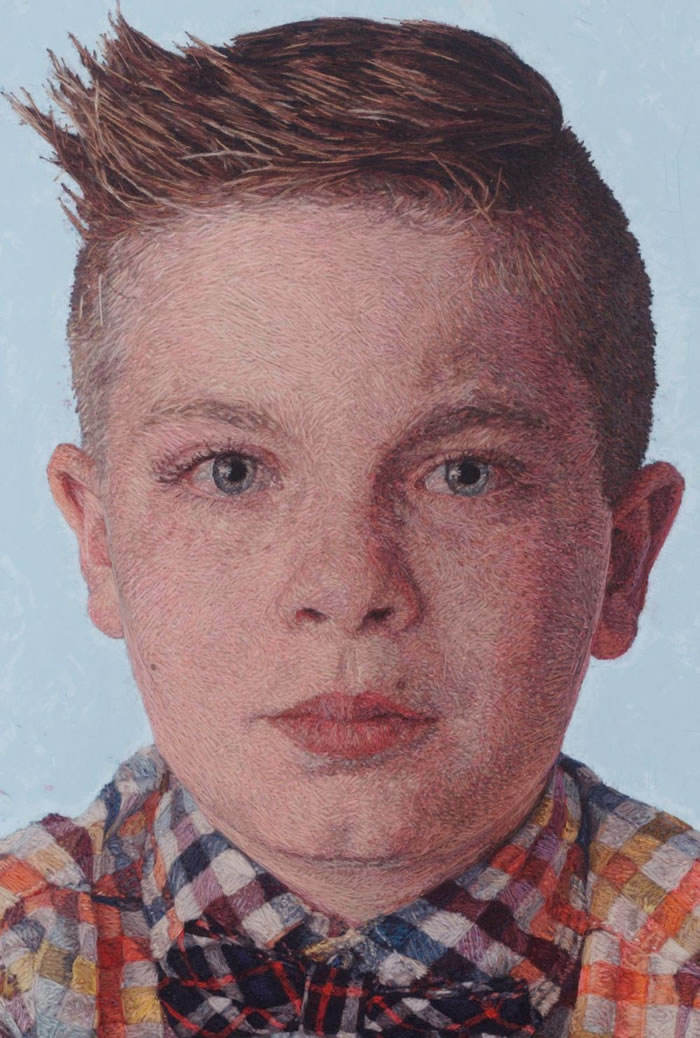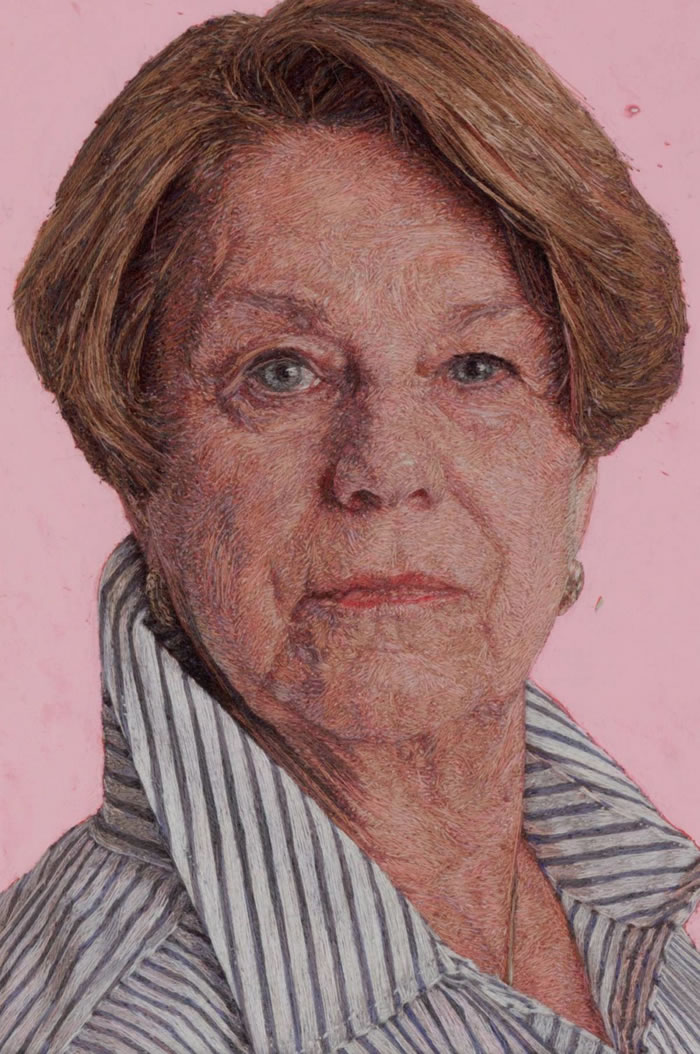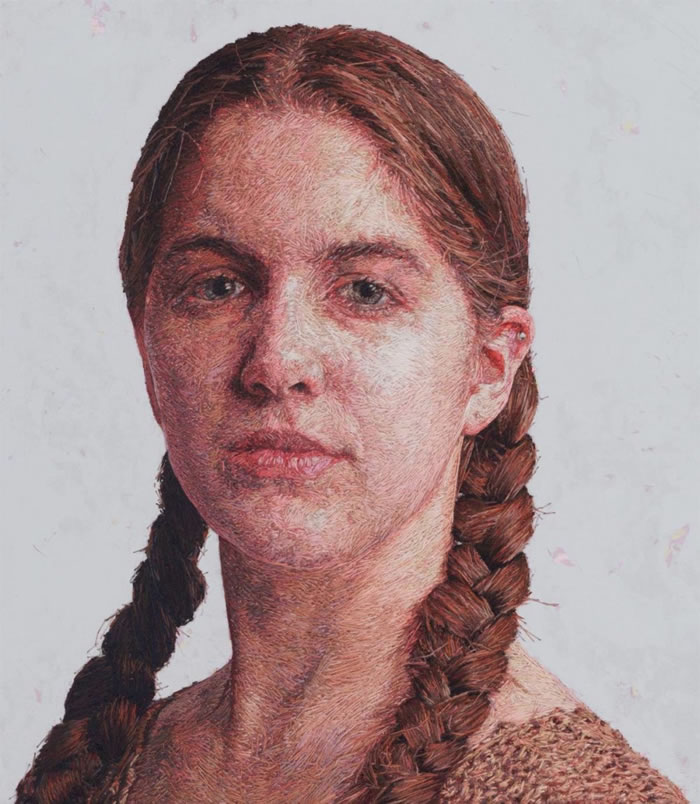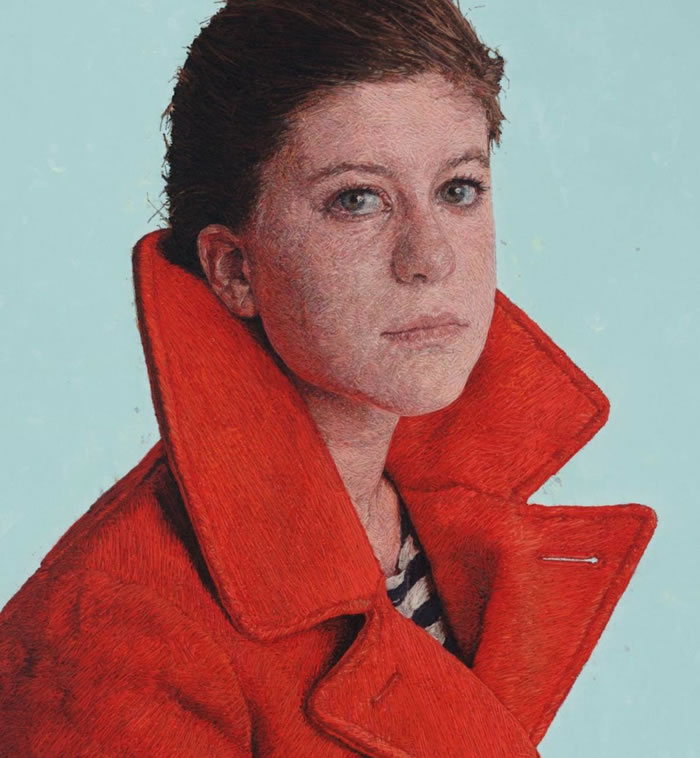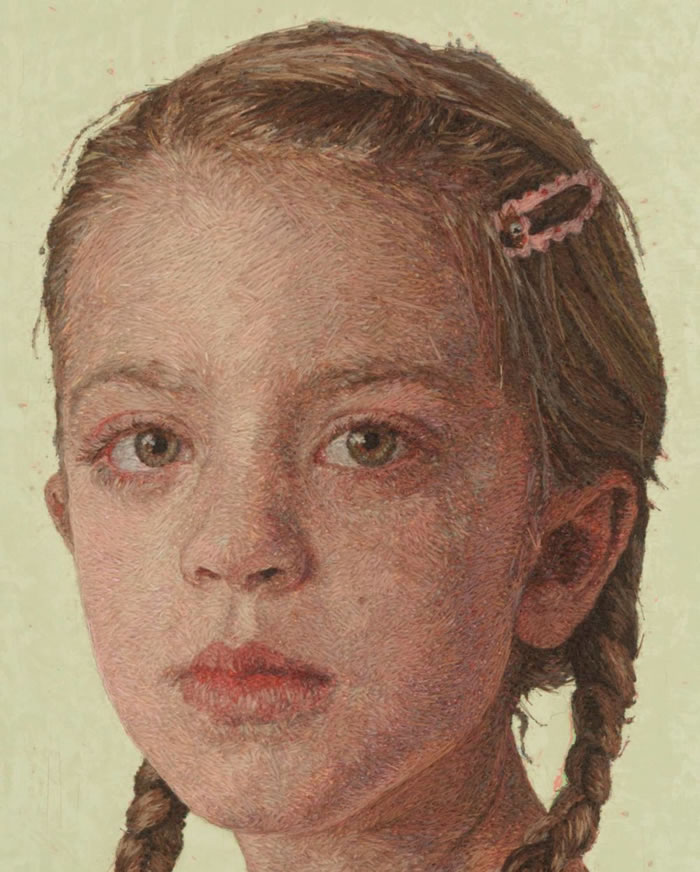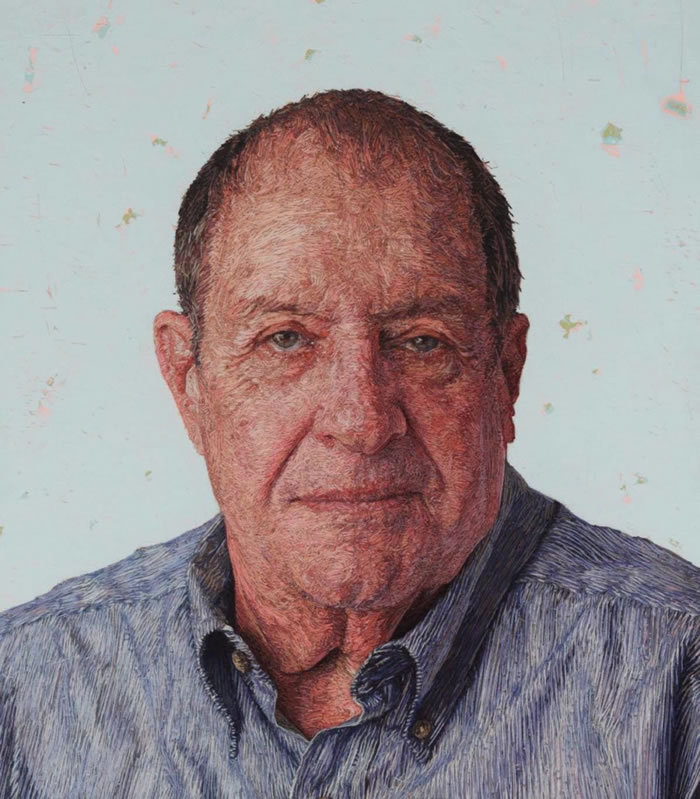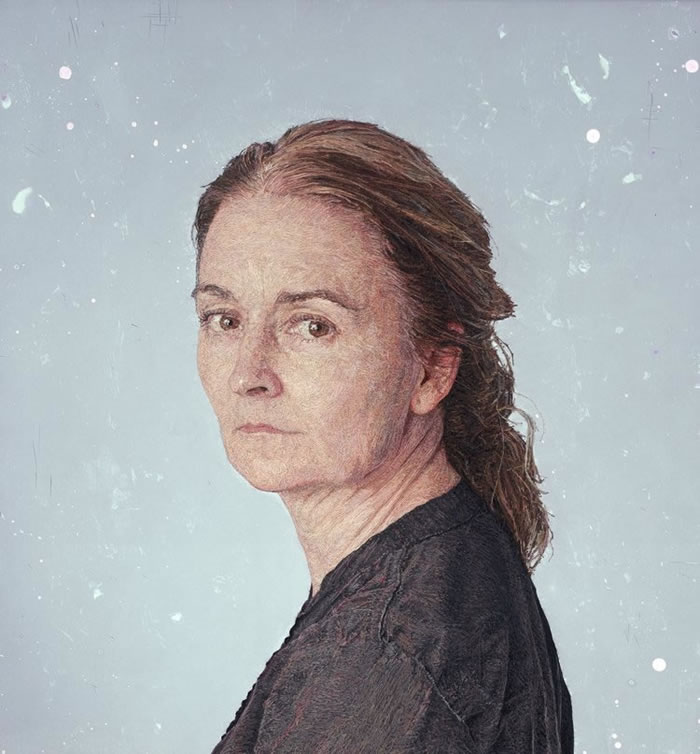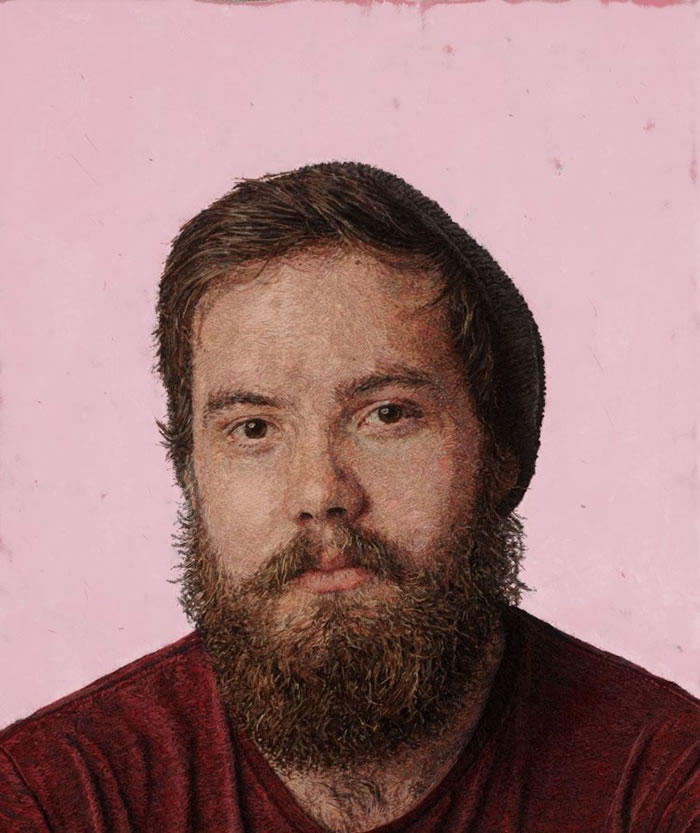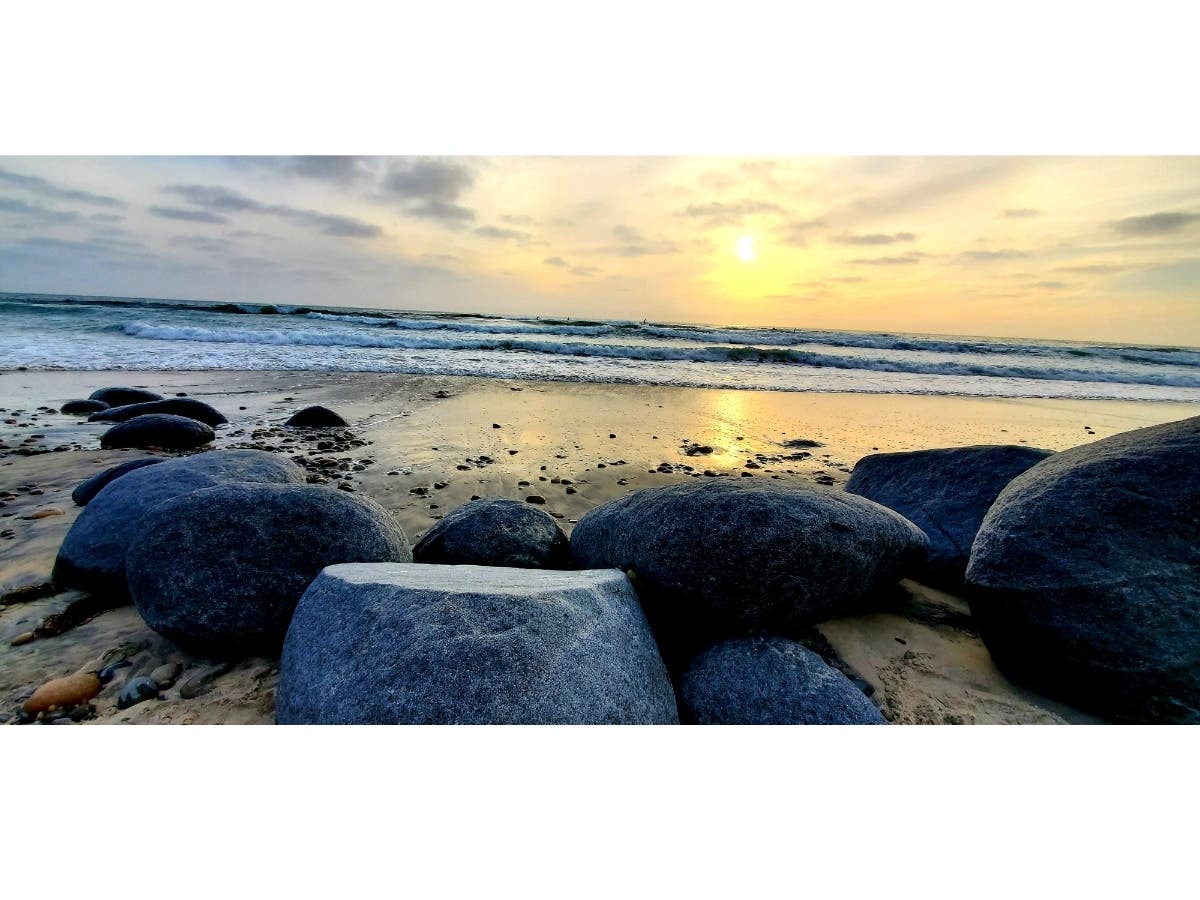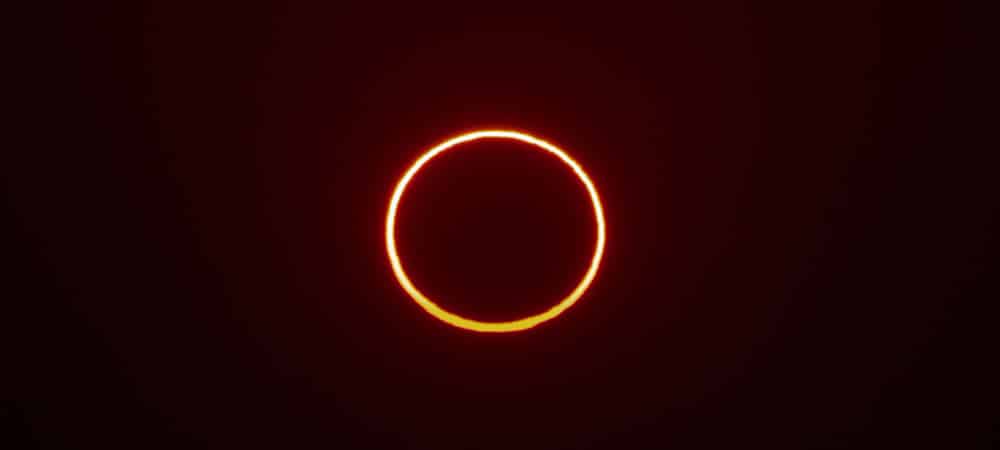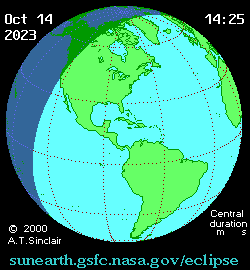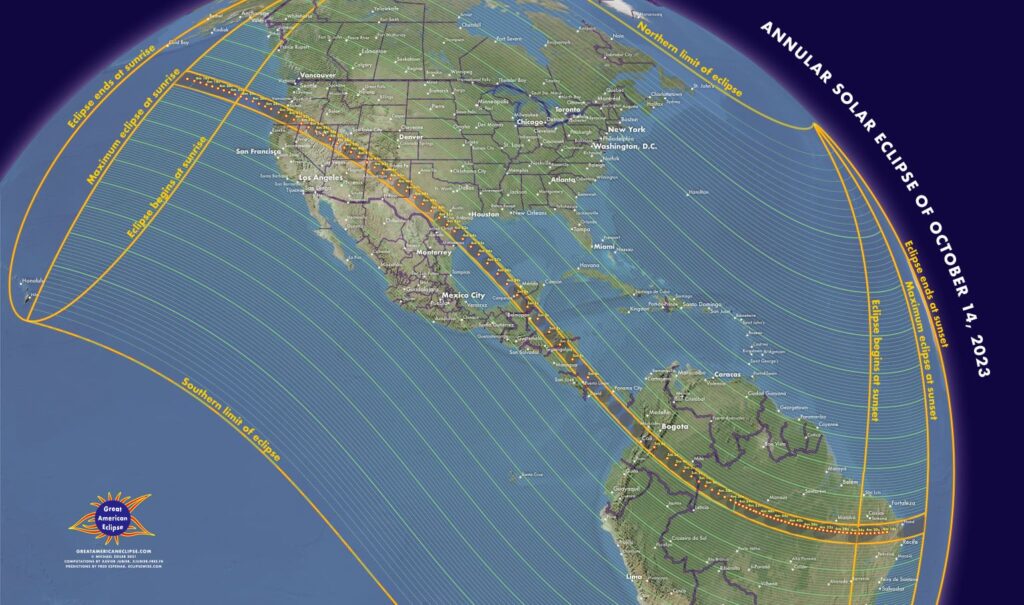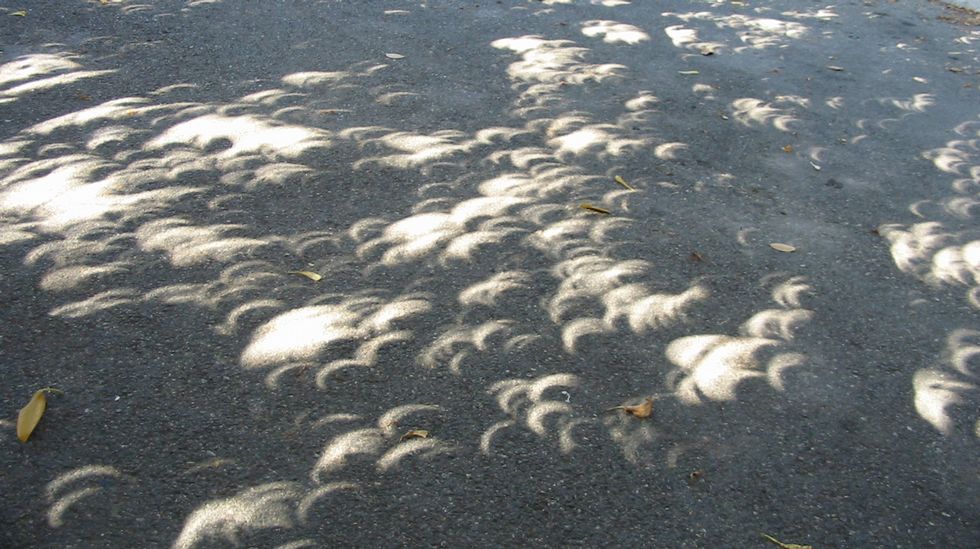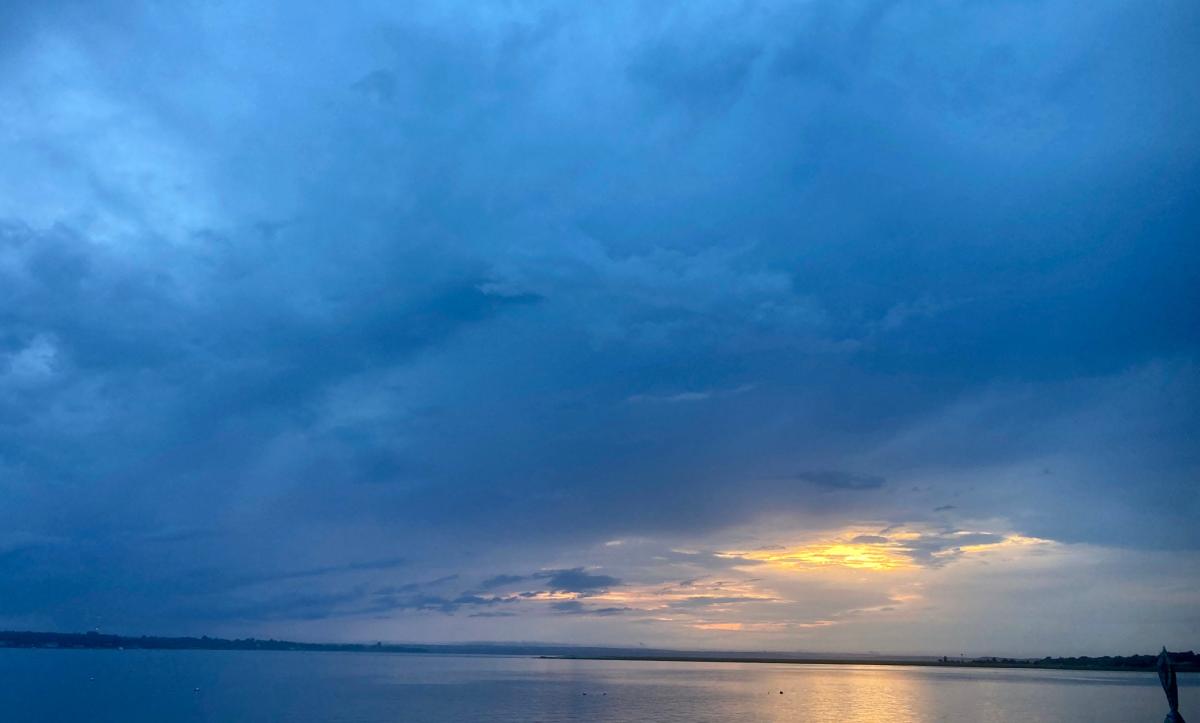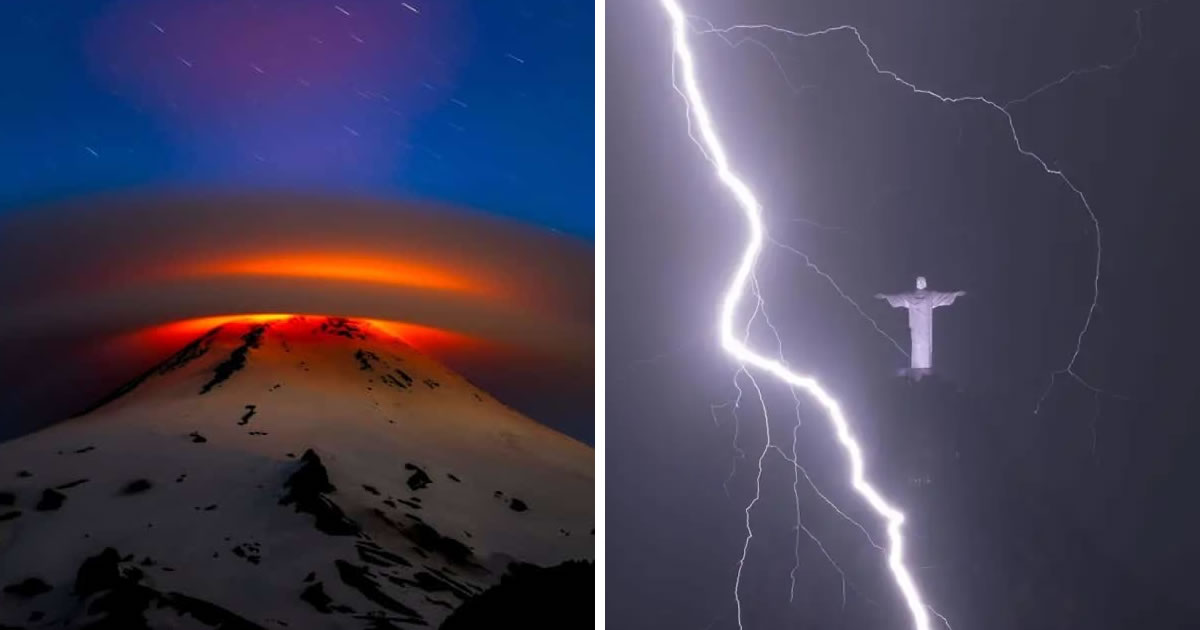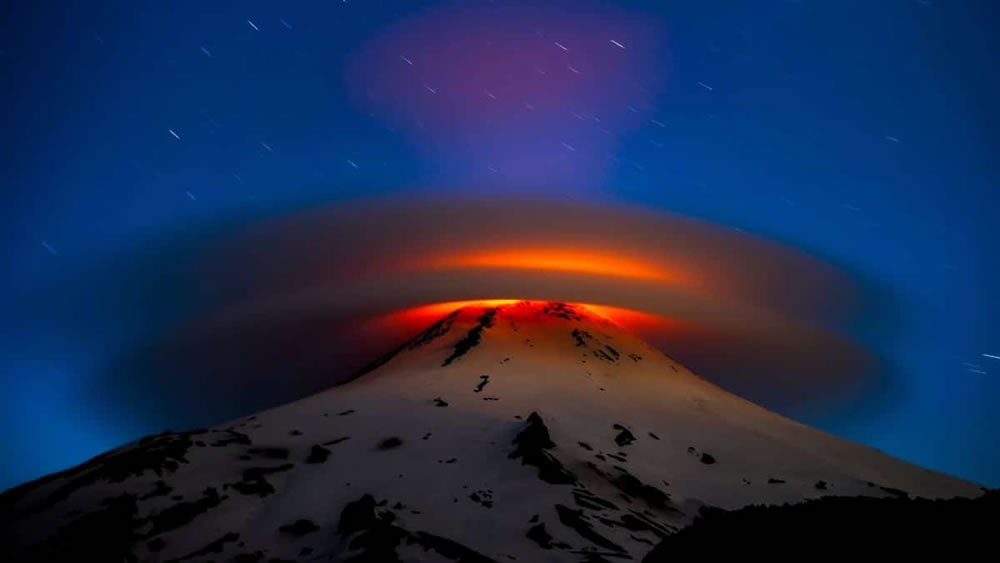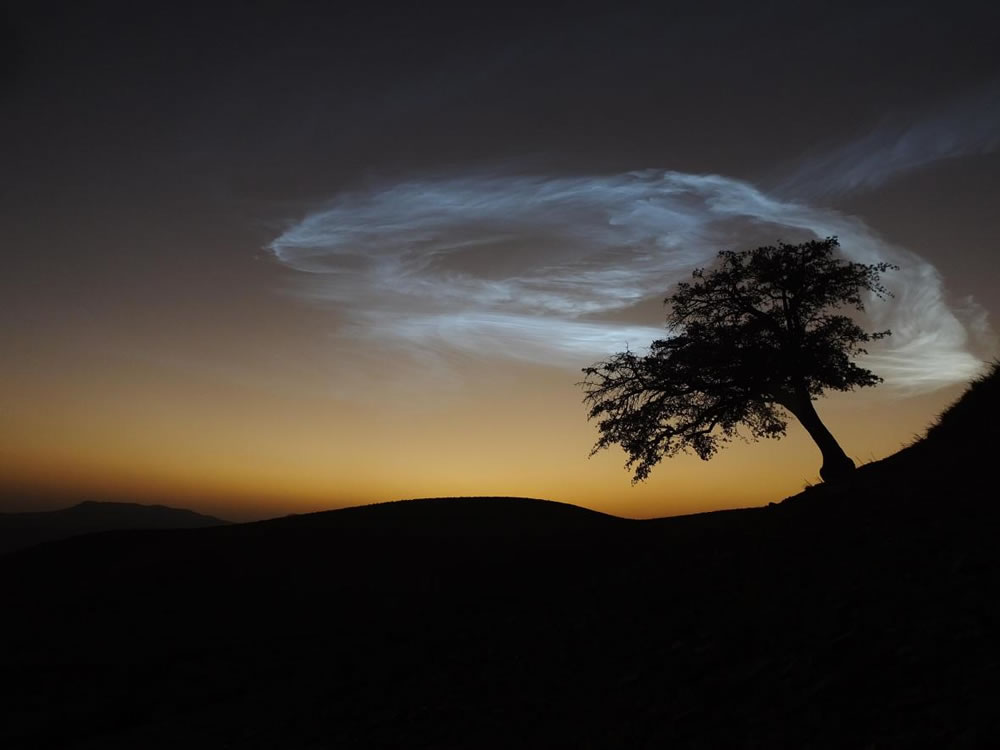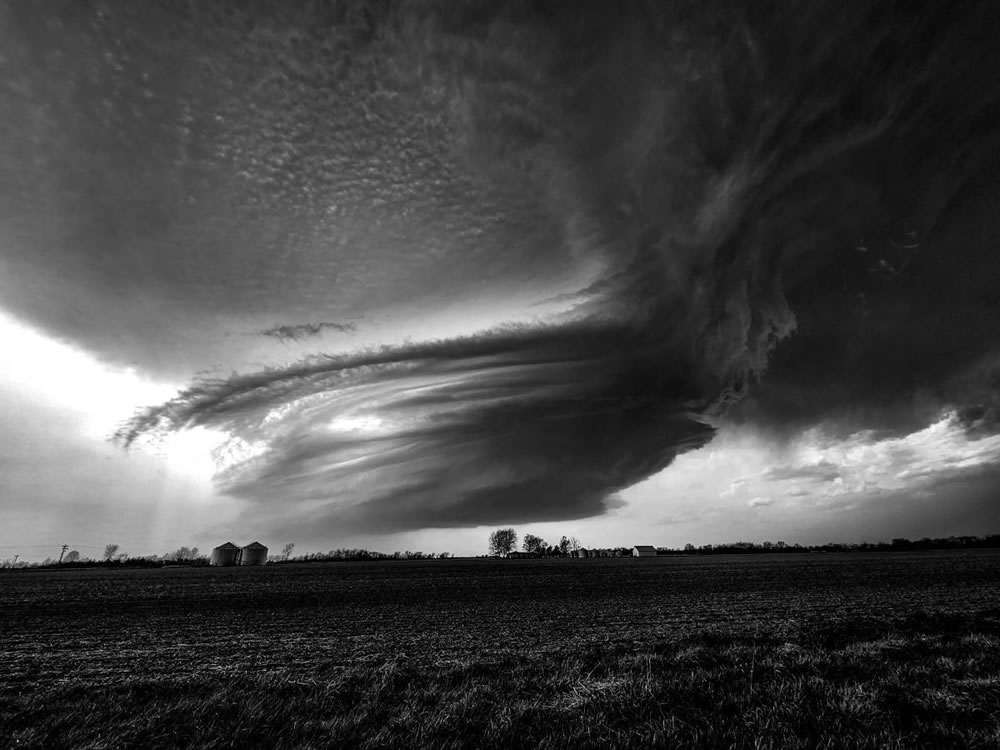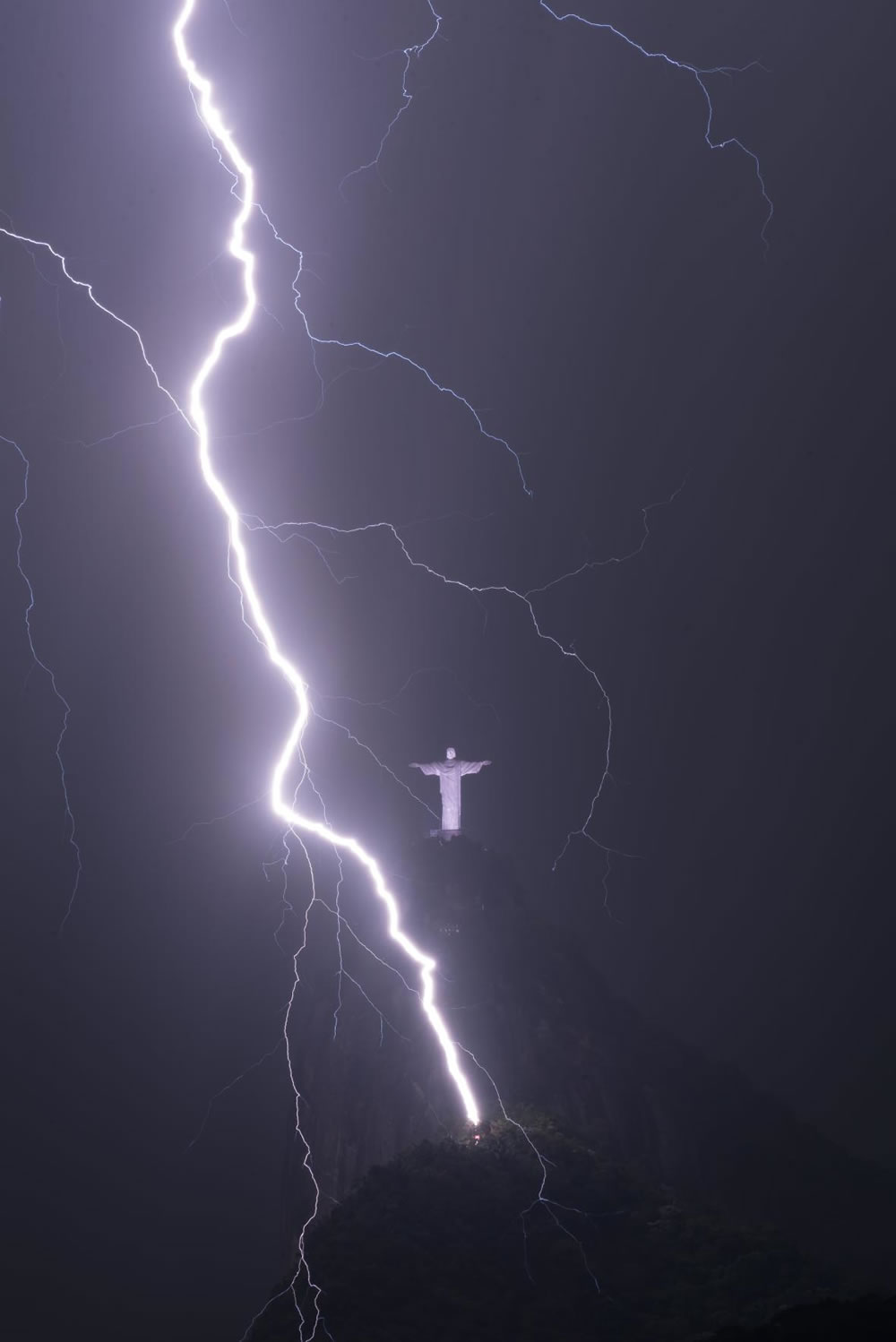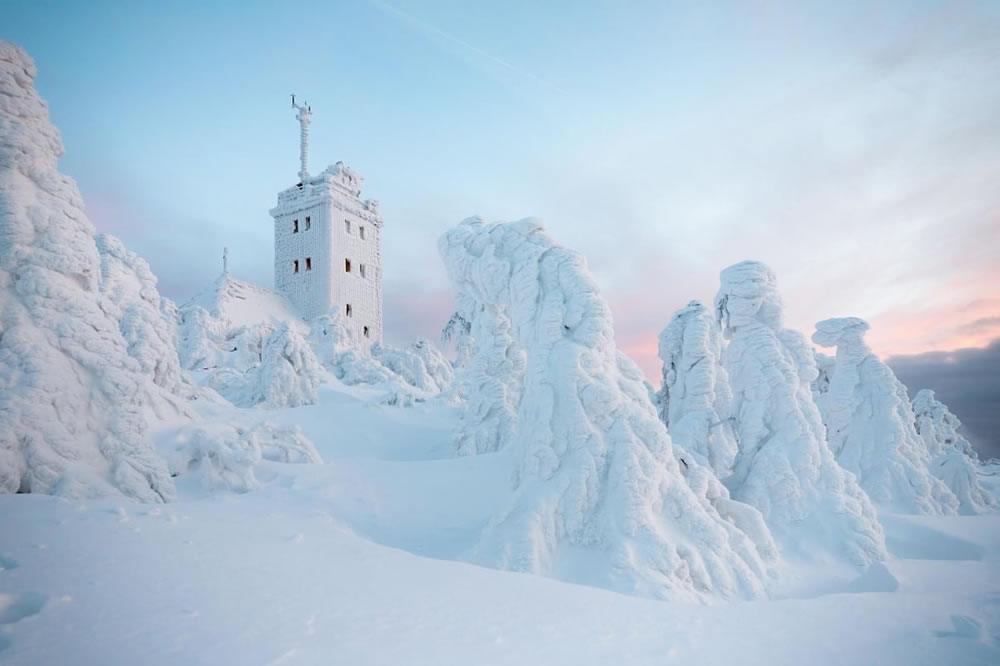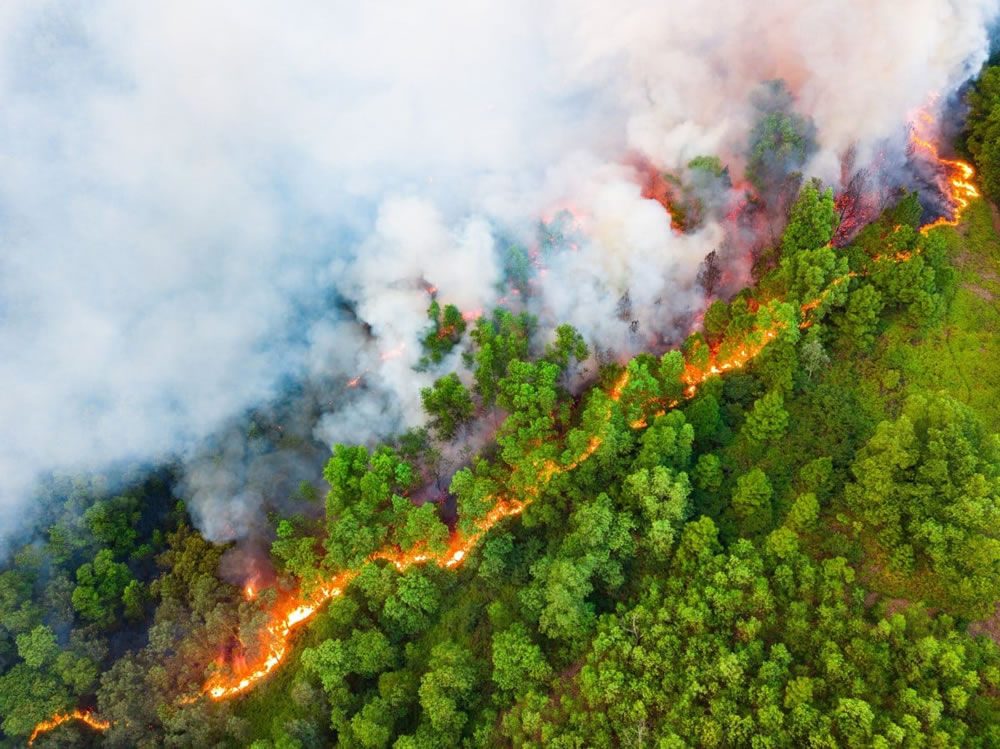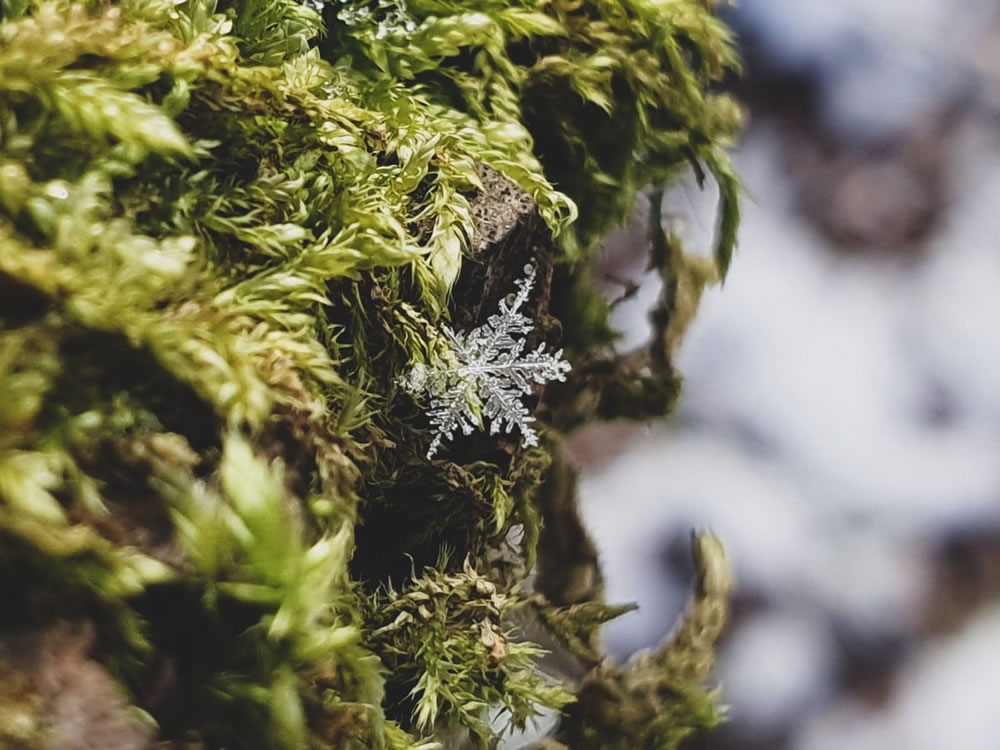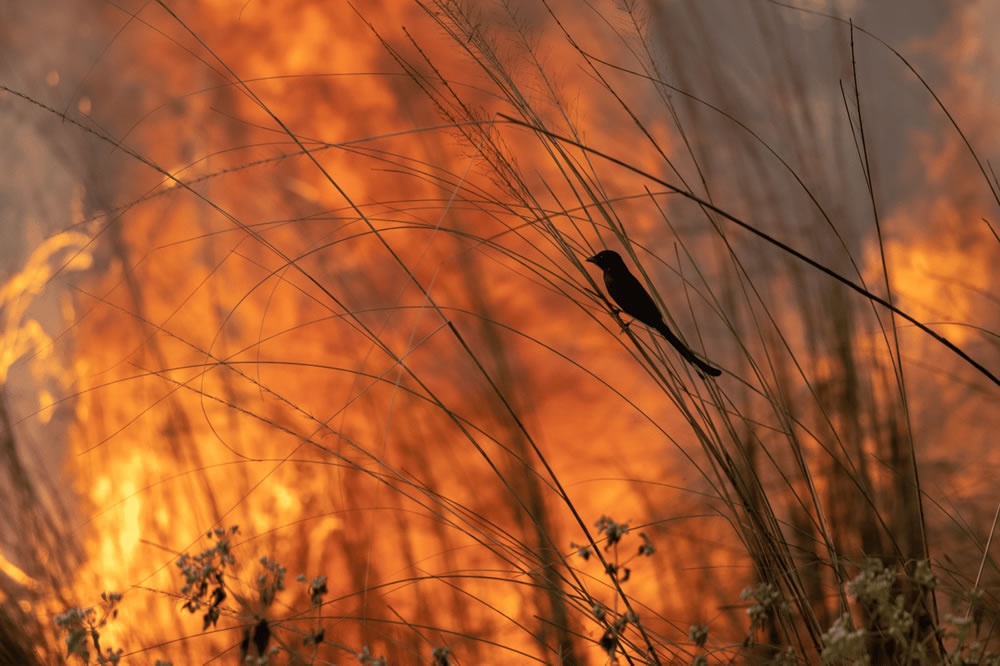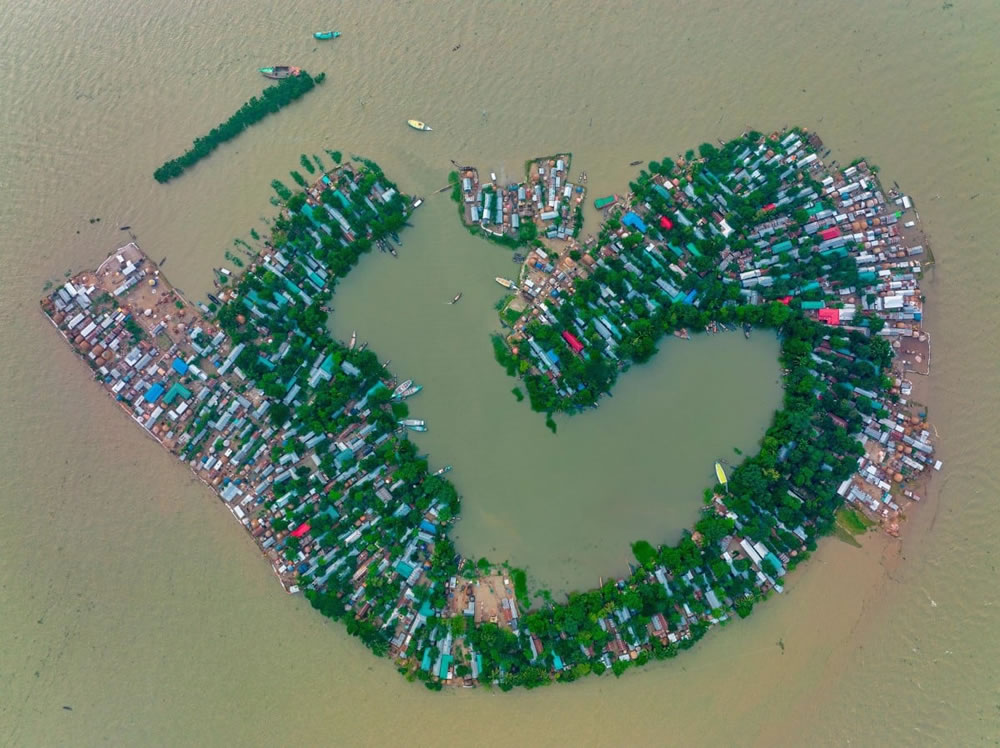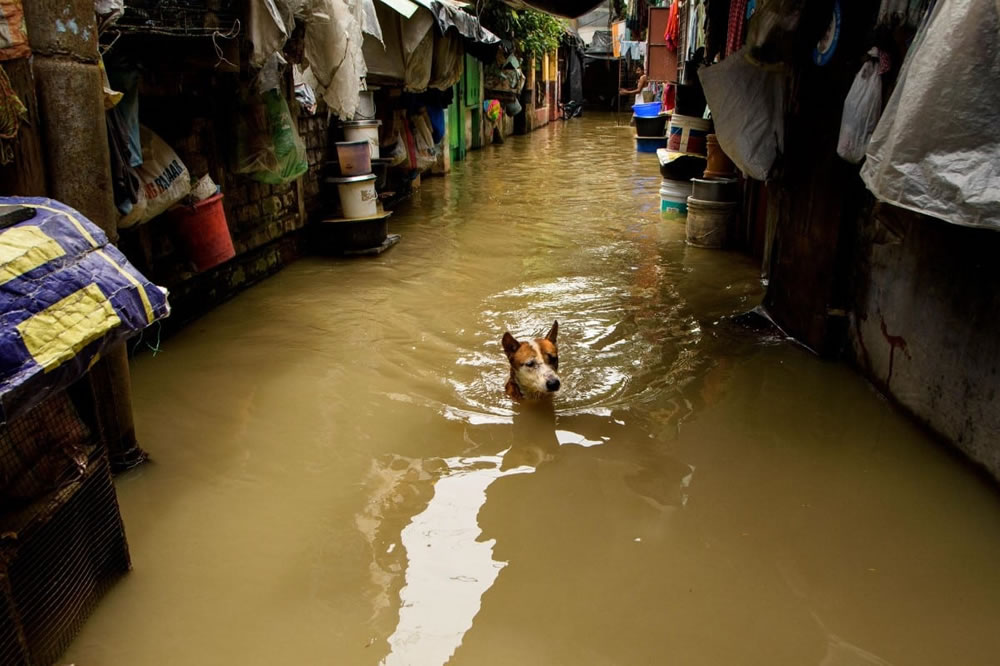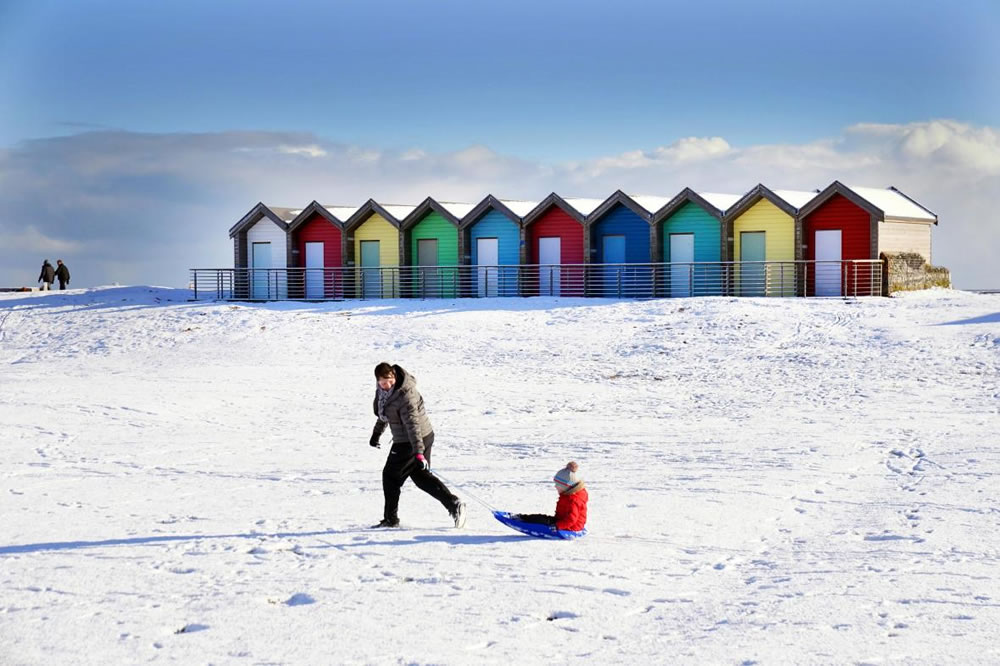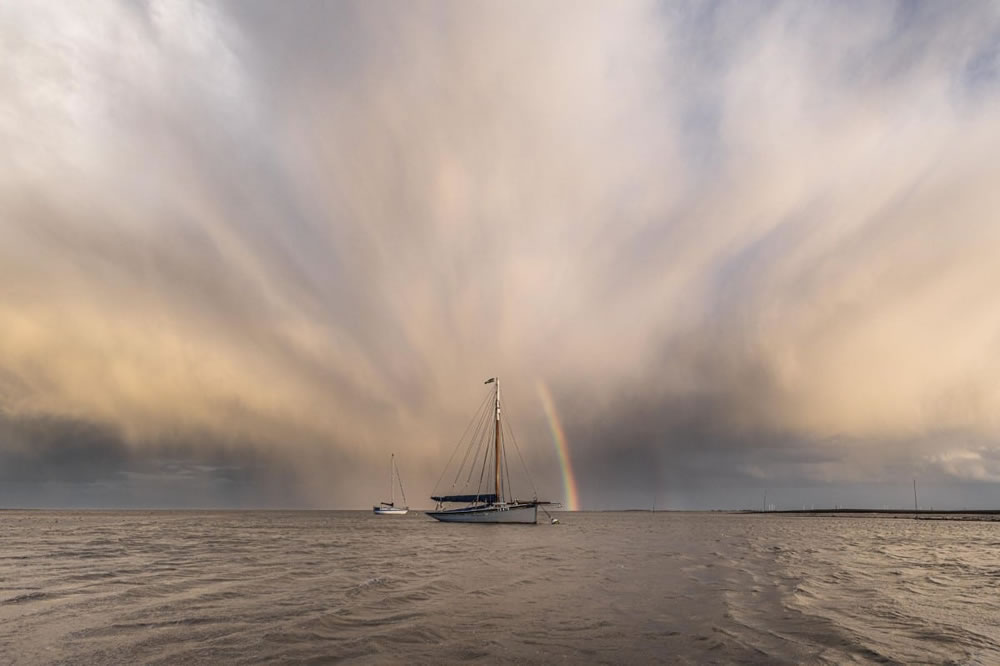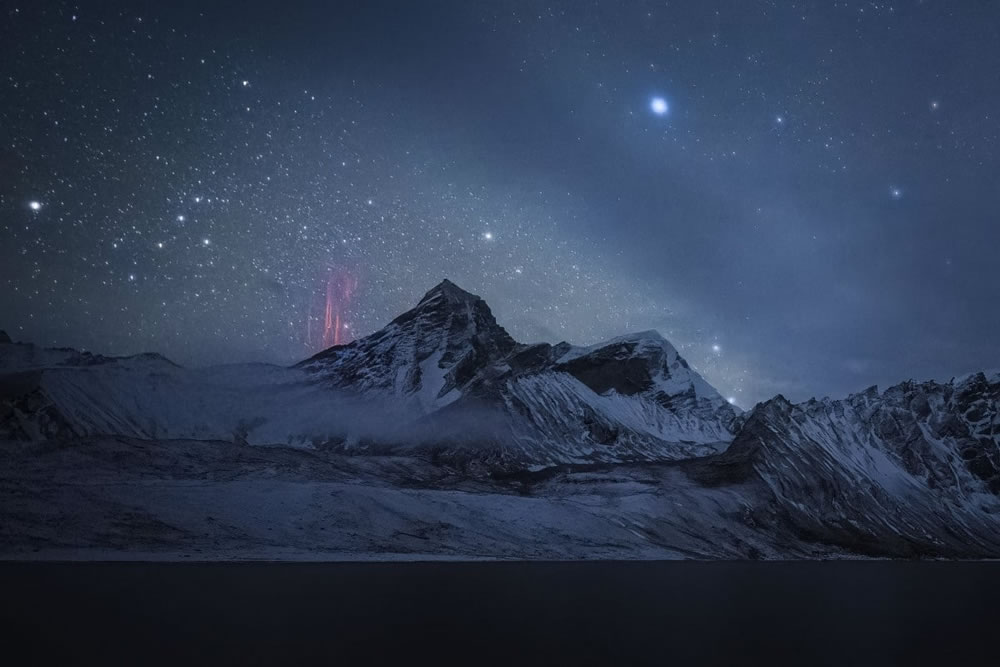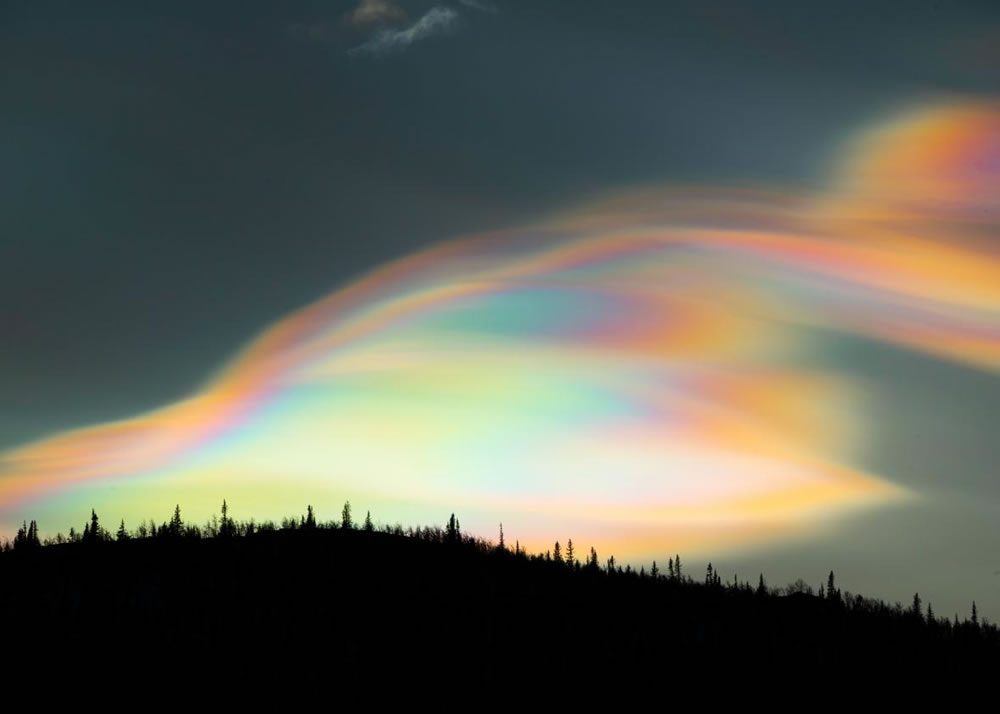 The vivo V29 5G Starry Purple’s design was inspired by the Milky Way galaxy.
The vivo V29 5G Starry Purple’s design was inspired by the Milky Way galaxy.
WITH state-of-the-art imaging features engineered into its sleek frame, the new vivo V29 5G Starry Purple embodies the perfect balance of elegance and functionality with exceptional photography capabilities thanks to its new Aura Light 2.0 feature.
In today’s fast-paced world, our smartphones have become essential companions, seamlessly aiding us in our day-to-day tasks, from communication and organisation to entertainment and beyond.
An important feature that we’ve come to appreciate is a smartphone’s ability to capture life’s fleeting moments on camera with clarity and vibrancy, ensuring we never miss a beat.
 The craftsmanship texture and dazzling starry design makes it feel like you’re holding the entire night sky in the palm of your hand.
The craftsmanship texture and dazzling starry design makes it feel like you’re holding the entire night sky in the palm of your hand.
Enhanced night scene photography with Aura Portrait 2.0
vivo’s V series has been steadily moving forward as one of the best smartphones for portrait imaging.
Now empowered by the new Aura Portrait 2.0 system, the vivo V29 5G comes with professional flagship-level portrait shooting capabilities, especially when it comes to capturing picture-perfect night scenes.
Compared to its predecessor, the vivo V27, the vivo V29 5G has a 36% increase in brightness effects, making the subject in images look clearer and brighter.
In real-world environments, ideal light sources are not always available, which is why the vivo V29 5G innovatively features the Aura Light 2.0 with Smart Colour Temperature Adjustment to act as your very own light designer.
The vivo V29 5G has the largest Aura Light size in the V series and is able to increase the diameter of the Aura Light 2.0 to 15.6mm to provide impressive lighting and enhance visual appeal.
Its 360° even lighting feature adds to the smartphone’s boosted lighting capabilities by evenly lighting images from different angles to reduce facial shadows and dark areas.
The Aura Light 2.0 will then illuminate the subject’s face and adjust colour temperature to harmonise it with that of ambient light, allowing the portrait to seamlessly blend into the ambient atmosphere without any noticeable contrasts.
 The vivo V29 5G Noble Black variant features etched shimmers on the glass surface to add a subtle aesthetic sheen to the phone.
The vivo V29 5G Noble Black variant features etched shimmers on the glass surface to add a subtle aesthetic sheen to the phone.
The Smart Colour Temperature Adjustment feature, on the other hand, enhances portraits in cool and warm light scenarios.
In dimly lit, blue-toned environments, the feature will detect the surroundings and illuminate portraits with a cool Aura light, restoring natural vibrancy by brightening faces.
 The Aura Light feature enhances the subject’s face with a natural skin tone.
The Aura Light feature enhances the subject’s face with a natural skin tone.
In warm light scenarios, the feature will automatically detect excessively warm low-light conditions and cast a soft Aura Light to enhance the subject’s face with a natural skin tone.
Coupled with a 50MP HD front camera that has a 92° wide angle, auto focus and image stabilisation, the vivo V29 5G flawlessly captures composed group selfies, showcasing everyone’s best with impeccable distortion control.
 The vivo V29 5G offers a visually appealing look and comfortable grip.
The vivo V29 5G offers a visually appealing look and comfortable grip.
Starry Purple elegance
vivo V29 5G Starry Purple’s design was inspired by the Milky Way as it represents a captivating spectacle of two celestial rivers in the night sky, elegantly mirroring one another.
With a thickness of just 7.46mm and a weight of only 186g, the vivo V29 5G offers a visually appealing look and comfortable grip that even reduces fatigue during use.
The smartphone comes with the clearest display of vivo’s V series thus far with a 120Hz 1.5K Amoled 3D curved screen that supports Full High Definition (FHD).
It also depicts a dazzling display where dense clusters of stars paint the sky with a radiant glow, while sparser formations glitter the mesmerising allure.
The rear craftsmanship texture and dazzling starry design perfectly complement each other, making it feel like you’re holding the entire night sky in the palm of your hand.
To achieve the effect of a glittering star-filled sky, vivo undertook a challenging process and pioneered an industry-first innovation, utilising invisible magnetic forces to control 9 million magnetic particles to form specific patterns.
Due to the absence of industry software that can simulate painting with magnetism, getting the desired texture requires extremely complex manual adjustments to magnetic fields. After more than 1,400 adjustments, vivo was able to achieve the Milky Way effect with glittering stars.
The vivo V29 5G is available in two colour variants: Starry Purple and Noble Black.
The vivo V29 5G Noble Black variant also adopts Fluorite AG glass, with etched shimmers on the glass surface to add a subtle sheen to the smartphone.
To find out more about vivo’s V29 5G, click here
For more information, visit https://www.vivo.com/my or https://www.facebook.com/vivoMalaysia/.
